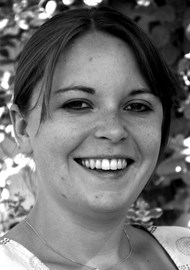Inspired by the difficulty to obtain the gold-standard measurement of eyelid position in children, the authors present a proof-of-concept study of a simple measurement tool paired with digital photography. Patients and their siblings between the ages of one-year to 21-years-old, presenting to a single ophthalmology clinic, were consecutively recruited. Inclusion criteria included being able to fixate an object and follow verbal commands. Participants had both a clinical examination and mobile phone photography with the order of assessment being randomised. The mobile phone photos were taken with children wearing a pair of adapted spectacle frames with laminated rulers attached to both lateral sides and in a variety of positions; primary position, downgaze and upgaze. A proportion of recruits had repeat examination to assess repeatability. Seventy children were recruited with the inclusion of 140 eyes in total. A higher proportion of photographs rated as a poorer quality were from the youngest age group. Reliability between different observers using the photographic measurements was reported as excellent. The authors present a proof-of-concept study which presented a photography technique which could be reproducibly performed and graded by non-ophthalmologists. This technique has the potential to be widely used by other specialties and adds to the range of telemedicine assessments.
Eyelid position assessment using mobile phone photography and simple measurement tool in children
Reviewed by Lauren Hepworth
Photographic assessment of eyelid position using a simple measurement tool paired with cell phone photography in a pediatric population.
CONTRIBUTOR
Lauren R Hepworth
University of Liverpool; Honorary Stroke Specialist Clinical Orthoptist, Northern Care Alliance NHS Foundation Trust; St Helen’s and Knowsley NHS Foundation Trust, UK.
View Full Profile



